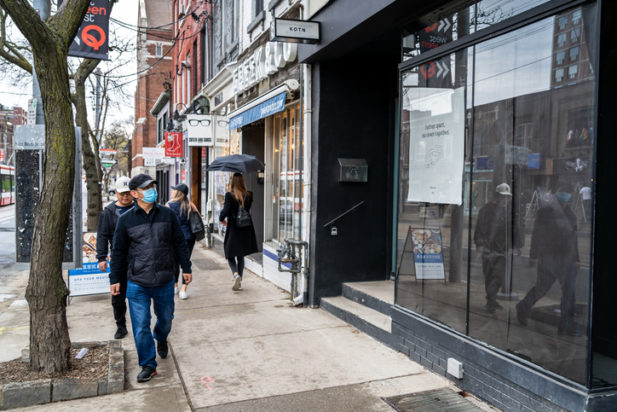Ontario Government Restricts Right to Sue for COVID-19 Infections

The COVID-19 pandemic has altered many aspects of your legal rights as citizens of Ontario. The latest restriction comes with the provincial government’s passage of the Supporting Ontario’s Recovery Act, 2020. Despite the innocuous name of this legislation, its primary purpose is to eliminate the right to sue a person or entity for causing infection or exposure to the COVID-19 virus.
Under the new Supporting Ontario’s Recovery Act, 2020, the right to sue a person for causing infection or exposure to COVID-19 is removed if, at the relevant time, the person made a good faith effort to act in accordance with public health guidance and government laws to prevent the spread of COVID-19. However, the right to sue is not removed if the act or omission of the person constituted “gross negligence.”
This may sound like reasonable legislation at first blush, but any removal or restriction of a private citizen’s right to access a longstanding legal remedy should be approached with caution. It is not hard to imagine a circumstance where a business such as a long-term care home has technically complied with public health guidance, but is doing so in a way that endangers its residents and in fact causes COVID-19 infections and related deaths. The family members of the deceased or injured residents must now prove gross negligence, or a “very marked departure” from the usual standard of care, if they are to have any real chance of success. Meeting this standard of proof can be difficult, and adds yet another layer of complexity to such cases, while providing little or nothing to the average citizen in return.
It remains to be seen whether this new legislation will withstand the scrutiny of a constitutional challenge, but for now it represents the current state of the law in Ontario. As such, claims for infection or exposure to COVID-19 are expected to be few and far between.
About the Authors

Adam Little earned his undergraduate degree from the University of Toronto in 1996. He graduated from Queen’s University Faculty of Law in 2000 and was called to the bar in 2002. Adam was practicising on Bay Street for a leading Toronto litigation firm that represented doctors in medical malpractice claims when he realized that helping people through personal injury litigation was what he wanted to do. “I wanted to work for the best,” he said. A partner at Oatley Vigmond had written the best-known book available about addressing jury trials, which Adam had read and admired. He wrote to the partner, went through an intense interview process and became a partner at the firm in 2005.
